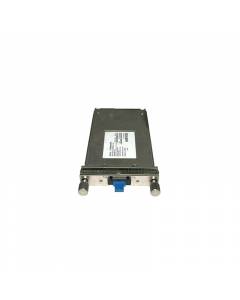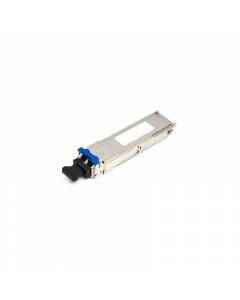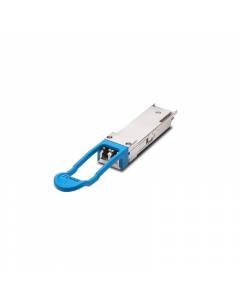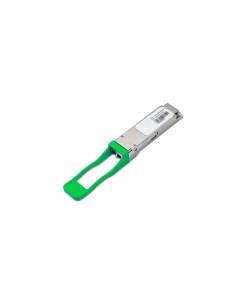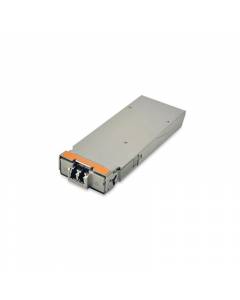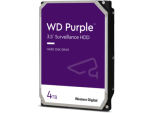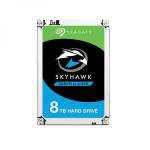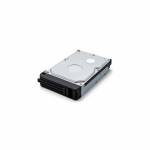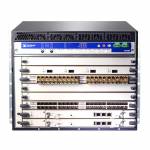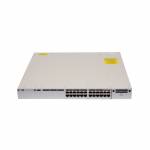Juniper Router Transceivers
Juniper Router Transceivers are essential networking components used in Juniper routers to establish high-speed and reliable connections across various network interfaces. These transceivers enable the transmission and reception of data over different types of network media, such as fiber optic cables or copper cables. Here are some key points about Juniper Router Transceivers:
-
Compatibility: Juniper Router Transceivers are designed to be compatible with Juniper routers and their respective interface slots. They are available in different form factors and interface types, including SFP (Small Form-Factor Pluggable), SFP+, QSFP (Quad Small Form-Factor Pluggable), QSFP+, and more. Each transceiver is specifically designed for a particular network interface type and speed.
-
Data Rates and Distances: Juniper Router Transceivers support various data rates and transmission distances, allowing for flexibility in network design and scalability. They can support different speeds, ranging from 1 Gigabit per second (Gbps) to multi-Gigabit and even 100 Gigabit per second (100Gbps) connections. The transmission distances can vary from short-reach connections within a data center to long-haul connections between remote locations.
-
Fiber Optic and Copper Connectivity: Juniper Router Transceivers support both fiber optic and copper connectivity options. Fiber optic transceivers are used for high-speed and long-distance connections, providing reliable data transmission over fiber optic cables. Copper transceivers, on the other hand, are suitable for shorter distances and provide connectivity over copper-based infrastructure.
-
Multimode and Single Mode: Juniper Router Transceivers are available in both multimode and single-mode variants. Multimode transceivers are suitable for shorter distances within a data center or campus environment, while single-mode transceivers are designed for longer distances and interconnecting geographically dispersed locations.

